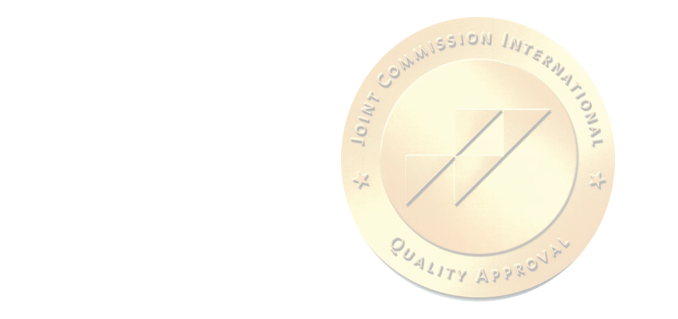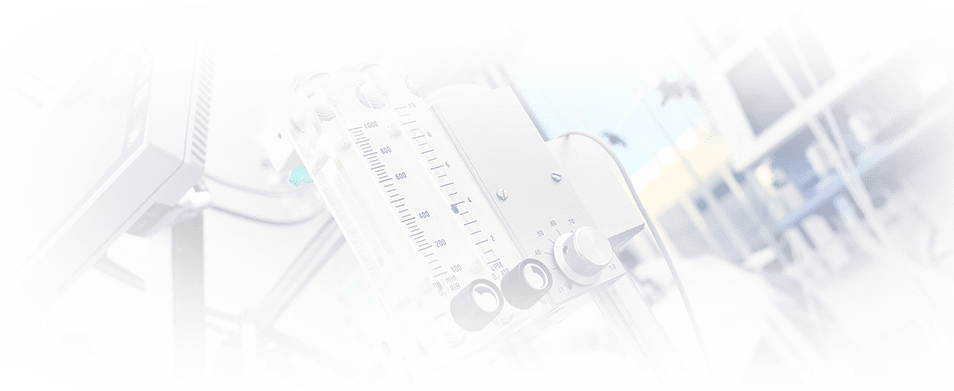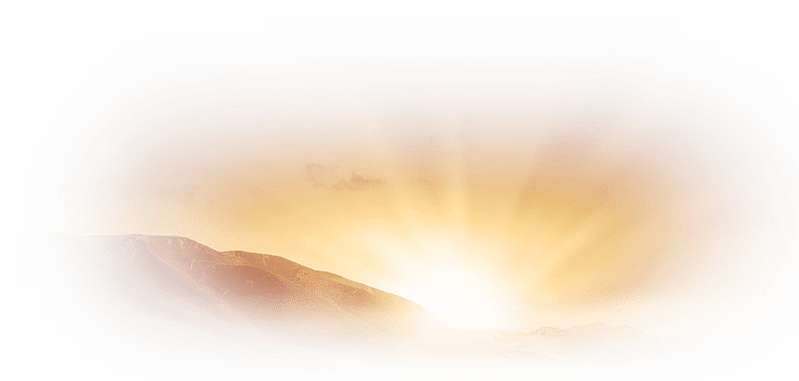Pink versicolor (versicolor of Gibert)
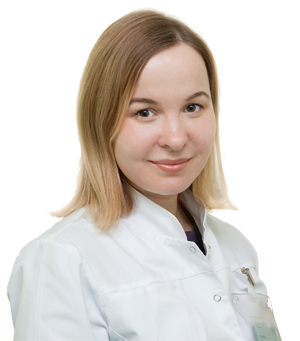
Dermatovenereologist
Khasanova Alina
Experience 7 year
Lichen roseus has many names in medicine. It is called roseola flaky, disease Gibert, pityriasis pink. The disease belongs to the infectious-allergic category of dermatoses, is of an acute inflammatory nature with the appearance of spotty, papular, erythematous-squamous foci. They are located mainly on the body and on the surface of the limbs. The most common diagnosis of lichen rosacea is in women between the ages of 20 and 40, as well as in adolescents. In other age categories of people, the disease is extremely rare. The peak of complaints occurs in spring and autumn during the spread of acute respiratory diseases.
Information about pink lichen: causes, symptoms, manifestation
Medicine not know the exact causes of depriving Gibert in men and women. Research is being carried out in the field of the influence of herpes viruses type 6 and 7, but an unambiguous etiological agent has not yet been determined. The reasons for the appearance of pink lichen continue to be studied. It is only known that at any moment a weakened immune system can become a trigger mechanism. The causes of pink lichen lie precisely in a decrease in the body's defenses due to bacterial and infectious diseases.
Symptoms and clinical picture of the disease
Due to colds, hypothermia, a difficult emotional state, stress, a rash may appear on the skin. Symptoms of pink lichen begin to appear with her. The classic clinical picture is the formation of the main focus in the form of a medallion with a diameter of 2 to 10 cm. Within 7-14 days after its appearance, the rash spreads in the form of plaques and papules of pink and yellow-brown color. They are smaller than the main focus - their diameter can be from 0.5 to 2 cm. In appearance, the rash can be confused with ringworm due to the scaly edge of the rash. A few days after the rash, the spots turn pale, wrinkle and the stratum corneum cracks. The central part of the plaques remains smooth. Symptoms of pink lichen can be accompanied by itching, fatigue, fever, general intoxication, and enlarged lymph nodes in the neck and chin.
Types of disease
Pink lichen can have a classic appearance, when the clinical picture develops in stages in accordance with the generally accepted system - from the appearance of a "maternal" plaque to smaller rashes in the chest, back, abdomen, hips, on the flexion surfaces of the limbs. In the medical classification, several more forms of the disease are distinguished. Deprive Zhibert happens:
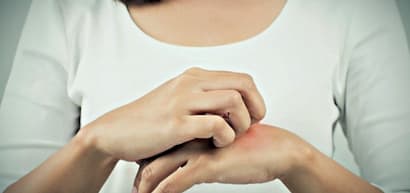
- urticarial - characterized by the presence of not plaques, but a rash in the form of blisters. There is severe itching. It resembles urticaria in appearance;
- vesicular - manifested by generalized rash of vesicles with severe itching. The diameter of bubbles with a transparent or turbid liquid is from 2 to 6 mm. They often form “rosettes”;
- papular - is rare. It is characterized by the appearance of noncavity formations above the skin surface. Small papules 1-2 mm in diameter;
- hemorrhagic - punctate hemorrhages (hemorrhages) occur, so the color of the plaques is darker than usual;
- follicular - rashes are grouped into rounded plaques of follicular papules, which can occur in parallel with classic plaques;
- unilateral;
- hypopigmented - more often occurs in people with dark or dark skin. Inverse lichen is characterized by rashes in the axillary and groin areas and in the popliteal fossa;
- asbestos - it is extremely rare, and manifests itself in the scalp in the form of gray plaques;
- Darrieus giant pink lichen - the formation of large-diameter plaques from 5-7 cm. In severe cases, they reach the size of the patient's palm;
- Vidal's ring-shaped ringed pink lichen has an atypical location - mainly in the groin or axillary region. The rash looks like a ring.
Gender and age characteristics
The onset of pink lichen affects women, adolescents and children. Different forms of the disease affect certain groups of people. For example, the vesicular form is diagnosed more often in children and adolescents. The papular form is diagnosed in most cases in pregnant women and young children. One-sided - occurs equally in adults and children.
How is disease transmission
Research has not provided a definite answer to the question of contamination. In theory, lichen rosacea is transmitted through tactile contact, but this is extremely rare. There must be provoking factors for infection to occur. We are talking about low immunity, transferred viral and infectious diseases, colds. Relapse is possible in people with HIV, cancer and blood diseases.
What you need to know about diagnosis and treatment
The diagnosis of lichen pink is based on taking the patient's history. To confirm or refute, to analyze complex cases, a number of laboratory tests are prescribed. They include a clinical study of blood and urine. It is necessary to exclude syphilis and mycosis, therefore, additional serological and microscopic examinations are performed. If these methods do not provide enough information to verify the diagnosis, the patient is referred for a biopsy (histology biopsy).
Pink lichen treatment is not always required. The disease is prone to voluntary self-healing within 5 weeks. However, it is not worth considering dermatosis as harmless. First of all, antipruritic therapy is required. For this, topical glucocorticosteroid drugs, antihistamines are used externally. Ointments, gels, pastes cannot be used without the appointment of a dermatologist. Otherwise, the rash can increase the extent of the skin lesions, invading new areas. From medicines, antibiotics and antiviral agents can be prescribed, depending on the definition of the indications. Ultraviolet therapy has a good effect.
Help of a dermatologist in Moscow
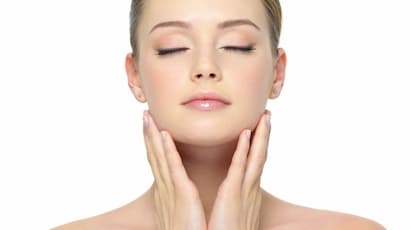
Pink lichen diagnosis and treatment is the dermatologist's field of activity. Depending on the form of the disease, the scale of skin lesions, the patient is provided with recommendations. With deprivation, the emotional and psychological background of a person is important, therefore, the prompt setting of the correct diagnosis allows you to quickly overcome the disease.
You can make an appointment with a dermatologist at Medicina JSC (Academician Roitberg's clinic) by calling +7 (495) 995-00-33. Do not self-medicate. The reason is that according to external signs, skin rashes can turn out to be differential diseases, for example, toxidermia, psoriasis, mycosis, secondary syphilis. In these cases, the appointment of another therapy is required, taking into account the specific clinical picture and the patient's history.
Frequently asked questions from patients
What causes lichen rosacea?
There is no definite answer to this question. Research is ongoing. Presumably, herpesvirus type 6 or 7 may be the cause. With a decrease in immunity, it is activated, which triggers the process of rashes of various types (plaques, vesicles, blisters). Stress, poor ecology, hormonal surges, chronic diseases can provoke the disease.
Is lichen rosacea contagious?
Rosa lichen in humans is considered non-infectious, but rare cases of the disease of entire families are known. Much depends on the state of immunity and the body's defenses that can resist viruses, bacteria and infections.
Can I sunbathe with pink lichen?
One type of therapy for this dermatological disease is light therapy. Moderate exposure to ultraviolet radiation has a positive effect on the condition of the skin, stimulating its regeneration. Combustion must not be allowed. This will lead to increased itching in the area of the spots.

